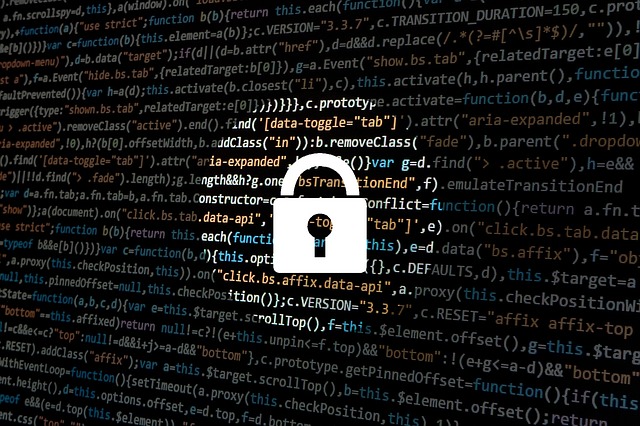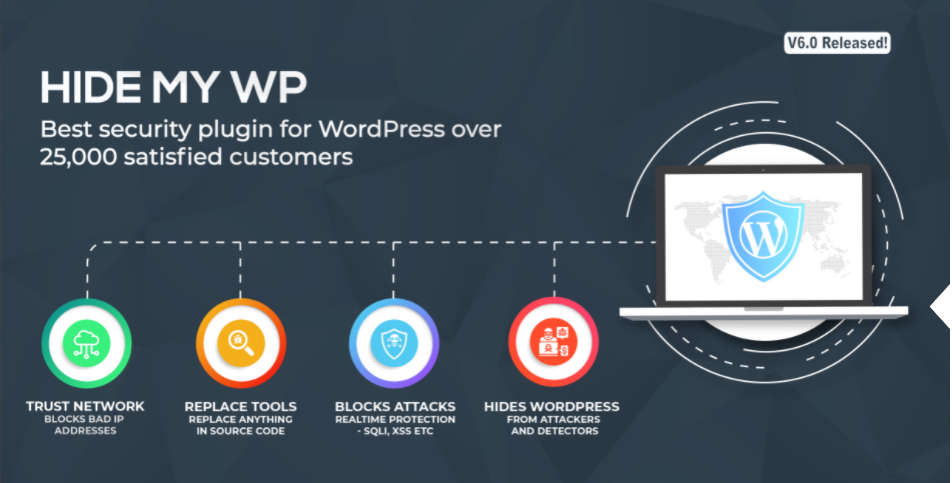WordPress is a resourceful CMS that many across the world use it. However, we must be careful while using it. Although users are satisfied with using WordPress, there is one thing that bothers us: WordPress vulnerabilities. WordPress comes with various security issues like LDAP Injection vulnerabilities which can pose a big problem if we ignore them.
Hackers use many ways to attack your website, and one of the most common methods is an injection attack. LDAP injection attack works by inserting a fraudulent code into a website similar to SQL and code injection attacks. The best way to tackle these attacks is by understanding how they work and conjure up preventive methods using that knowledge. So let’s get into it.

What Does LDAP Mean?
LDAP is an acronym for Lightweight Directory Access Protocol. It is a software protocol used to store and maintain valuable data for easy accessibility to anyone who looks for it. This data can be anything from files to login credentials.
What Is LDAP Injection Attack And How Does It Work?
LDAP injection attack is an injection attack that hackers use by exploiting a website that is vulnerable to this attack. This attack works by injecting malicious code to websites that construct LDAP statements without sanitizing or validating the user input.
As we have established, if your website accepts inputs without validating them first, a hacker can enter strings of LDAP syntaxes. He can use different LDAP strings for each purpose he has in mind. LDAP injection attacks can be diverse, but hackers often use them to aim at the following things:
1. Bypassing The User Login Authentication
We have discussed earlier that LDAP assists in managing and authorizing login usernames and passwords. When you type in the login username and password to enter a website, it further gets assembled as an LDAP filter. So if this combination of username and password exists in the directory, you get access to the website. However, a hacker doesn’t know the correct credentials for your website.
So, instead of entering random inputs to get lucky, he’ll use a code to form an LDAP string that is always true. Now it doesn’t matter if he entered the correct credentials or not; he can enter your website with no restrictions. You can understand how easy we are making it for an attacker by how simple this process sounds.
2. To View Data
A hacker can rearrange and add an LDAP injection payload to the LDAP filter to view confidential data or resources in a directory if you accept unsanitized input.
For example, let us consider a website that sells bags and clothes. When you search for a bag, the website shows you all the bags for sale. However, if a hacker modifies the LDAP filter to his favor, he can view bags and other objects listed in the directory as well.
3. Privilege Elevation
A website has both low-security level and high-security level documents. Users can easily access low-security documents but not high-security ones. But, a hacker can modify the query so that the security level of the files gets ignored. This way, an attacker can see the list of inaccessible files that only the high privilege users can view.
Impacts Of LDAP Injection Attack
The consequences of a successful LDAP injection attack are the following:
- Get access to the website without any authorization,
- Obtain employee information,
- Elevate his privilege to access confidential data,
- Modify the content inside the LDAP directory tree.
How To Prevent LDAP Injection Attacks?
It will be troublesome if we let our website fall prey to LDAP injection attacks. So we must block these attacks using the following methods,
1. Sanitize Input Data
We must not trust any input data; thus, we must take proper steps to accept only the trusted input. We must put the entered data through analyzing and filtering to permit safe data.
2. Input Validation
We must validate the input data to restrict the usage of variables or characters like AND(&), NOT (!), OR(|),=,<=,>=,~= because these characters will assist a hacker in exploiting your website.
3. Don’t Create Filters Using Concatenating Strings
Concatenating means the joining of two strings with operators such as (+).
Stop creating LDAP filters using concatenating strings when user inputs are involved. Instead, creating a filter programmatically using the LDAP library will help prevent the operation of unexpected filter types.
A hacker can use LDAP Injection attacks but also many more that can be fatal to your website. Hence, we must be careful and increase the potential of our WordPress security because the security mistakes we make are advantageous to him. Using premium security plugins like “Hide My WP” that block various attacks will help defend your website. It can help you in the following ways:

- It can disable direct access to directory listings and PHP files,
- It will allow you to hide the login page of your website to prevent brute-force attacks,
- It permits you to change anything in your source code,
- It has a firewall that can block attacks like SQL, XSS, CSRF, read arbitrary files, and brute force attacks,
- It lets you choose to block out and permit visitors from specific countries,
- It detects attacks and auto-blocks them,
- It can hide your WordPress from theme and plugin detectors,
- It helps you change WordPress permalinks.
- It will let you minify HTML and CSS.
- It has a “trust network” using which the plugin blocks attacks from known hackers and bots.
Conclusion
- LDAP injection attack exploits the website that does not sanitize or validate user inputs.
- LDAP is a software protocol used to store and maintain data for easy user accessibility.
- A hacker can use this attack to bypass authentication, view resources in the directory, and elevate his privilege to view highly secured files.
- We can prevent LDAP injection attacks by sanitizing input data, validating user input, and creating an LDAP programmatical filter.
- Even though LDAP injection attacks are dangerous, you can rest free if you take proper security measures.
